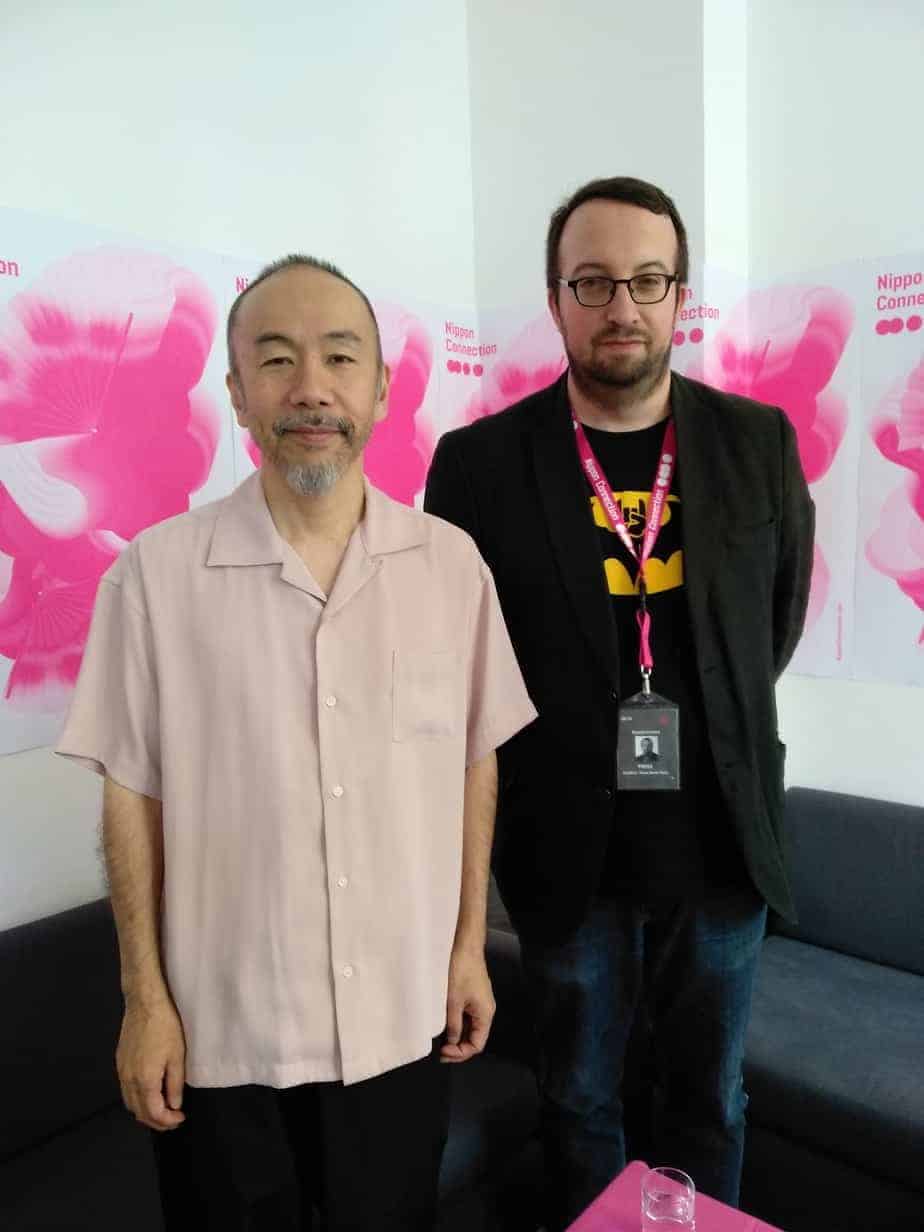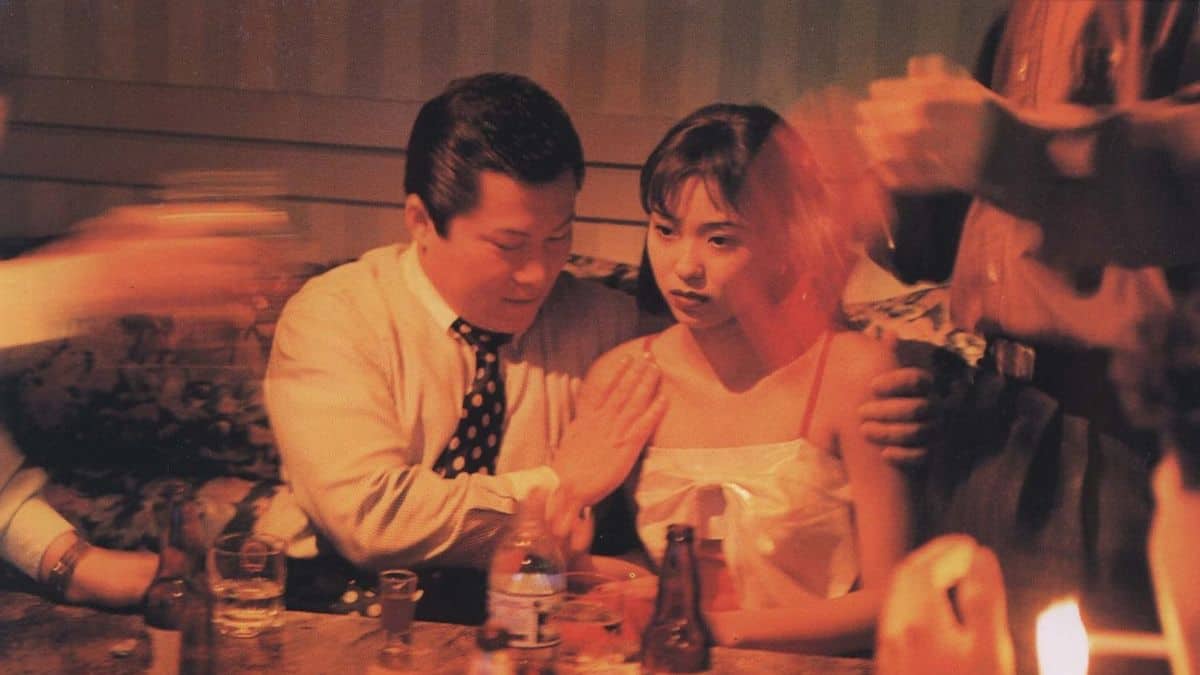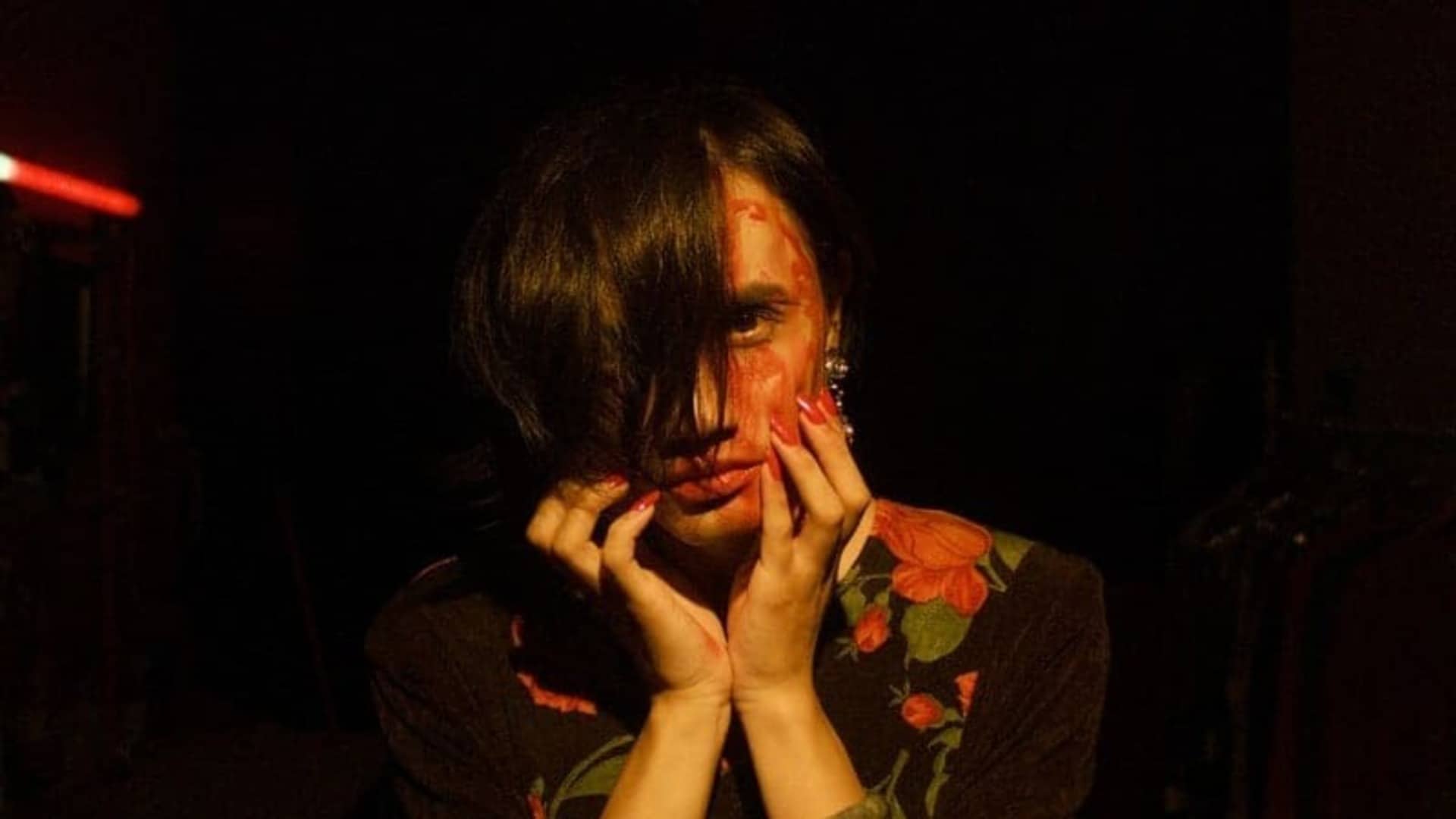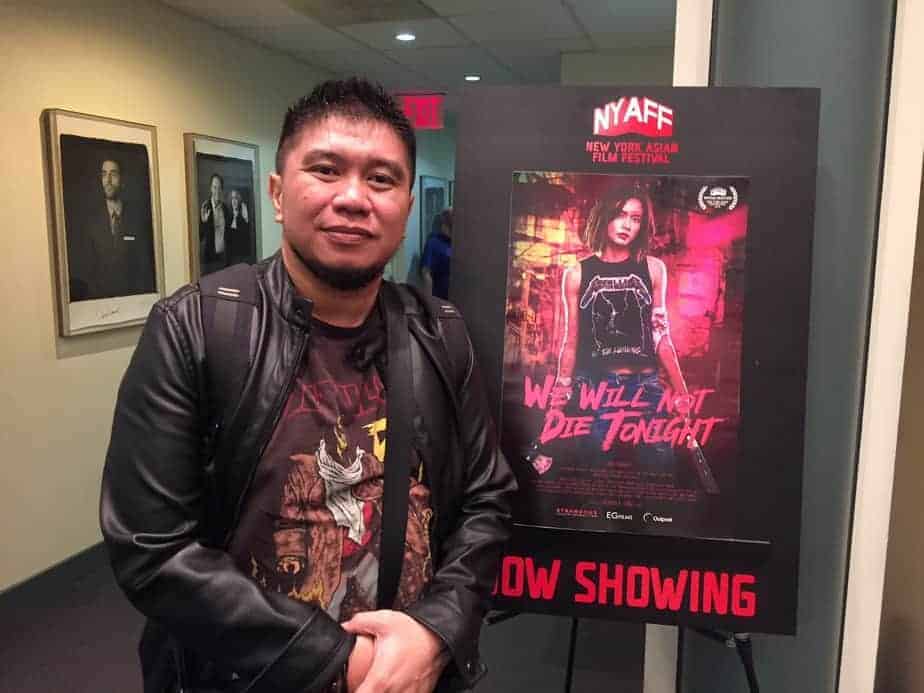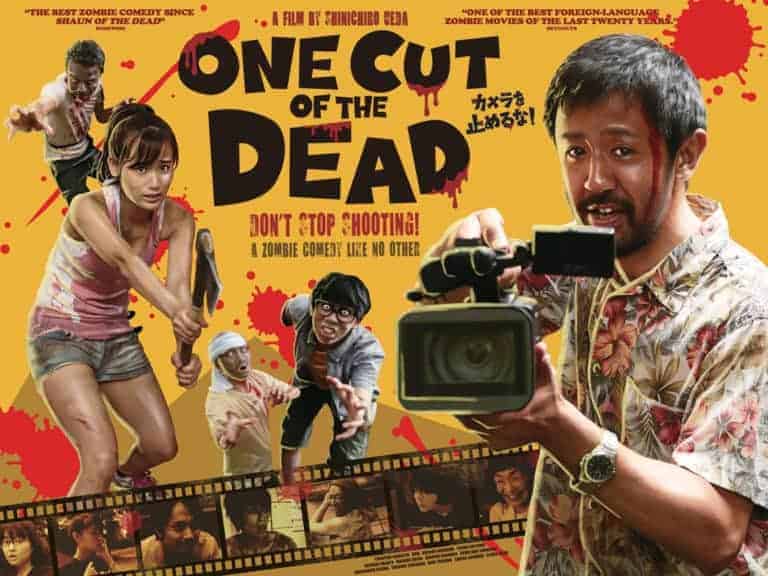Ever since his international breakthrough with “Tetsuo: The Iron Man” Japanese director Shinya Tsukamoto has been a constant presence on many film festivals. His body of work includes such titles as “Bullet Ballet”, “A Snake of June” and “Fires on a Plain”, most of which discuss the link between body and spirit as well as the changes the body goes through in the face of at times hostile circumstances.
At this year's Nippon Connection in Frankfurt Tsukamoto was given the Nippon Honor Award for his role as a representative of Japanese film and culture. Asian Movie Pulse met with the director to talk about his new film “Killing”, his inspirations for the project and the possibility of a new “Tetsuo”.
A Collection of Shinya Tsukamoto's movies are streaming on MUBI
First of all thanks for agreeing to this interview. It is an honor to speak with you. Just recently I watched your film “Killing” and I thought: Shinya Tsukamoto, who has made the cinema of the city, of the body, suddenly makes a period drama, a samurai film. What was the inspiration for “Killing”?
Many directors are actually interested in making a period drama at one point in time. Of course, we are all inspired by Akira Kurosawa, by his classics or any kind of film in that tradition. So that influence is very strong.
On the other hand, there was a film called “Matatabi” (English title: “The Wanderers”, directed by Kon Ichikawa) that deals with a hopeless, young fighter and I was more interested in this kind of hopeless persona of this man. What I wanted to do with “Kiling” is to show modern, current problems in a period drama-setting.
We have lots of insecurities these days, times have changed, there is the risk of war again and I wanted to show that in this particular setting.
You mentioned the main influences, like the works of Kurosawa. When I watched the film I was thinking of films like the “Lone Wolf and Cub”-saga and many other works, all of which having a very different stance on the samurai on code, on the bushido. What is your opinion on the bushido and which attitude is represented in “Killing”?
Actually, I studied bushido a little bit in the preparation for making this film and there is an undeniable beauty in it, but at the same time, the concept of bushido was created at a time when the times of the samurai were over. At that time, you had the ruler and you had to give your life to this person which, of course, was very convenient for them. So they created this philosophy to motivate people to give their life and fight for them.
In that sense, they created this beauty in giving your life, but it is not necessarily something I agree with nowadays. The main character in “Killing” represents more my current, modern feelings while my character (Sawamura) represents the old world of the samurai, of giving your life and fighting for the ruler.
All of your films starting with “Tetsuo: The Iron Man” to “Killing” have to do with the way the body changes through outer influences, for example, the city changes the main character in “Tetsuo” and he becomes the “iron man” or your character in “Bullet Ballet” changes through the gun violence he witnesses. How does the body of the main character in “Killing” change through the necessity of killing?
I had actually been wanting to make different films, but I eventually realized they were on the same subject or have the same underlying theme. In the case of “Tetsuo” you have the character becoming one with the iron and in “Killing” the sword is also made of iron, so it is about becoming one with the sword.
Actually, it is quite similar and also a tragedy and we humans seem to fall in love with metal and technology like me when I realized I lost my iPhone this morning and was very happy when I found it again. We have this sense of actually becoming one with this technology and it is becoming a part of us. It is very strange that you can use metal tools to harvest food, but at the same time you can use them to kill someone.
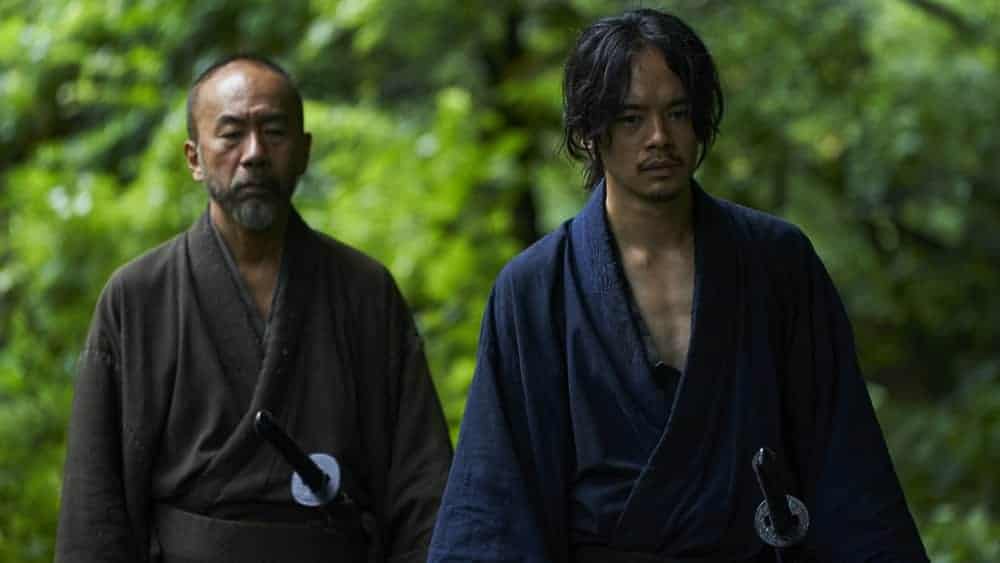
Since we are talking about the change of the body, let's talk about how the actor's body changes. In each and every role I have seen you in, you go through tremendous physical transformations, for example, at the end of “Killing” you and the main character have completely changed: you are covered in dirt and blood, you are both wounded. How do you prepare yourself for a role like that and how do you prepare the actors?
I actually try to experience what the character will experience in the film and so I went to a very old dojo that trains people in the way of the sword even today. I took some lessons there and afterwards some classes in movie sword choreography.
Even though we have been focusing on “Killing” this whole time, I have to ask as a big fan of the “Tetsuo”-films: We all depend on technological devices like you depending on your mobile phone like so many of us depend on their PC. In his regard, how would a modern-day “Tetsuo” look like?
I don't think he would look all that different. Even at the time when I shot “Tetsuo: The Iron Man”, there were things like electric brains and a certain trend within the world of technology. I chose metal as a kind of fetish, because the electric brain and the human body becoming one with the metal is more like the act of making love, it has a strong sexual connotation. So I do not think Tetsuo would look all that much different today.


